It sounds like such a British affair to celebrate a rare Monday off work and school, relaxing in the open air with friends and a picnic; but that’s where the similarity ends! The girls had asked to visit the Deekshabhoomi some time back but owing to the practicalities of arranging travel amongst other things, we’d waited until we had a full day at our disposal to make a real day of it. Though many of the girls had visited the site of Dr Ambedkar’s conversion with their families, none of them had really understood the historical significance of the event and it is only recently that they have been studying in any detail about the impact of his activism on the lives of modern Indians and the wider, international community that is Triratna. So, this was in part an opportunity to spend some time together outside of the classroom but also an ongoing exercise in learning about Ambedkar’s life and the role Buddhism and spiritual practice plays in the daily routine of his followers. I was also keen to return; though it was not long since my last visit, on the 14th October anniversary of Ambedkar’s conversion, such was the significance of this date that it had been too busy to really appreciate the place and rather overwhelming just 24 hours after landing in India! I was looking forward to seeing it in a more peaceful state.
At the end of my last update, I reflected that my experience of study trips in the UK was that if you had private transport booked, this would be a significant stress reducer as an alternative to the trials and tribulations of public transport. I also reflected; however, that I was learning enough about India to suspect that things would not be quite so simple in this case. I wasn’t wrong. To begin with, I was delighted to hear that the coach we’d arranged to carry us from Bhilgaon to meet the young men at the Deekshabhoomi had, wait for it, arrived a few minutes early! India – 1, UK – 0. I’m used to coaches turning up worryingly ‘promptly’-cum-late. Would that I could end the story of the transport there, however, things fell down a little when our driver brightly announced that he could carry a total of four passengers. There are ten women students. There were four teachers expecting to travel with them. Cue a quick ‘phone call to a gentleman who has become one of our favourite go-to rickshaw drivers, mostly because he’s very flexible in allowing us to stop on our way home to buy fruit from the Kamptee Road-side stalls. Thankfully, he was only ‘10’ minutes away (note; 10 minutes in India = 20 /30 minutes in actual time). Still, this did not seem to present a complete solution to my mind; rickshaws can carry maybe four to five people. At least we had already had a call from Mark to let us know that things were equally delayed at his end as the young men had not yet finished eating breakfast or packing their lunch. I decided to disengage from any sense of stress and trust that things would work themselves out, so I sat in the sun and watched a couple of the girls hook (rather unripe) guava fruit from the tree in the front garden and waited to see what would happen. No one else seemed too worried, after all. The solution was five in the van (including myself), four in the rickshaw and the rest in Aryaketu’s car. We finally set off, only about 30 minutes behind schedule, which, I have learned, is practically on time. When we arrived, we found the guys already waiting for us calmly in the shade of the Bodhi Tree’s descendent. All’s well that ends well.
At the end of my last update, I reflected that my experience of study trips in the UK was that if you had private transport booked, this would be a significant stress reducer as an alternative to the trials and tribulations of public transport. I also reflected; however, that I was learning enough about India to suspect that things would not be quite so simple in this case. I wasn’t wrong. To begin with, I was delighted to hear that the coach we’d arranged to carry us from Bhilgaon to meet the young men at the Deekshabhoomi had, wait for it, arrived a few minutes early! India – 1, UK – 0. I’m used to coaches turning up worryingly ‘promptly’-cum-late. Would that I could end the story of the transport there, however, things fell down a little when our driver brightly announced that he could carry a total of four passengers. There are ten women students. There were four teachers expecting to travel with them. Cue a quick ‘phone call to a gentleman who has become one of our favourite go-to rickshaw drivers, mostly because he’s very flexible in allowing us to stop on our way home to buy fruit from the Kamptee Road-side stalls. Thankfully, he was only ‘10’ minutes away (note; 10 minutes in India = 20 /30 minutes in actual time). Still, this did not seem to present a complete solution to my mind; rickshaws can carry maybe four to five people. At least we had already had a call from Mark to let us know that things were equally delayed at his end as the young men had not yet finished eating breakfast or packing their lunch. I decided to disengage from any sense of stress and trust that things would work themselves out, so I sat in the sun and watched a couple of the girls hook (rather unripe) guava fruit from the tree in the front garden and waited to see what would happen. No one else seemed too worried, after all. The solution was five in the van (including myself), four in the rickshaw and the rest in Aryaketu’s car. We finally set off, only about 30 minutes behind schedule, which, I have learned, is practically on time. When we arrived, we found the guys already waiting for us calmly in the shade of the Bodhi Tree’s descendent. All’s well that ends well.
| Now, if you’re anything like me on school trips, there’s nothing like knowing your lunch is packed to make you feel ready to eat it before you’ve even stepped off the coach, but it was not quite time to eat. Leaving our bags and shoes outside, we all stepped reverentially into the Deekshabhoomi itself. In a calmer and very different atmosphere to my previous visit, I finally felt able to pay proper respect to the ashes of Dr Ambedkar. These are at rest inside a silver model of the building, which is housed in a glass dome and incorporated into yet another scale model of the Deekshabhoomi building, itself modelled on the stupa at Sanchi. Rather like the layers of an onion, or a Russian doll, or possibly some other more universal analogy that I’ve not considered. Some of us sat and absorbed the atmosphere of peace and quiet, some of us contemplated a display of photographs from the life of Dr Ambedkar that are displayed in one corner of the internal space. Taking you through his time in education, government and activism before ending with scenes from the conversion event and finally his resting in state, they brought a degree of informed poignancy to the day and the girls especially were engrossed in the exhibition. Such an occasion could not be simply left hanging and so Aryaketu gathered us together before delivering what I later learned to be an impromptu talk in both English and Hindi! He gave us some further background to the importance of Ambedkar’s life and work, including his vision for the future of Buddhism. Ambedkar had recognised the need for a simple and easy to follow text on Buddhism (which he wrote in the form of the Buddha and his Dhamma), individuals willing to perform as ‘servants’ of the Dhamma (Buddhist teachings) and, perhaps most importantly for our immediate context, an international Buddhist movement. This, reasoned Aryaketu, was where Triratna came in to its own and played such a pivotal part at home and abroad. This particular observation suddenly spun everything into perspective for me. I had until this point felt both moved and strangely disconnected from the story and achievements of Ambedkar. How, I had been asking myself, could I, having been so randomly and unfairly born into such privileged circumstances of abundance, personal respect and safety, presume to affect any genuine emotion for this man in the presence of my friends and colleagues, whose lives had been so genuinely transformed by him. How could I, even more, presume to teach them anything in that context? Seeing myself suddenly as part of Ambedkar’s wider, long term vision of international Sangha suddenly justified a feeling of commonality. I may not be sharing in my friends’ history, but I can share in their future and understanding that Bhante Sangharakshita had met Ambedkar and recognised the role Triratna can play in that regard really settled my feelings of discomfort and gave me a sense of cohesion that had been lacking. It was with this pleasant feeling of unity that we then conducted a short puja before circumambulation of the stupa whilst chanting the Shakyamuni mantra (though actually a slightly different version to remove potential confusion with Hindu chants). |
With the spiritual food so expertly served and happily consumed, we finally left the cool of the marble building (where one is requested to observe respect by refraining from photography) and stepped back out into the hot, midday sun to begin our physical feasting! The women had packed us a delicious lunch of chapattis, pilau and subji which they carefully ladled into disposable plates for us from a range of stainless steel ‘tiffin’ boxes that had been meticulously packed that morning. Delightful as this was, I was rather impressed with the simplicity of the men’s approach. They’d cooked a huge quantity of poha, which they’d simply plopped into a big bag! We tried some of that too, which was every bit as tasty! Indians tend to have a rather direct approach to food. Though great care is taken in the preparation, it doesn’t tend to be consumed with much ceremony and most of the picnickers had finished and cleared their plates before I’d got even half way through. I sped up to avoid appearing anymore unusual than, erm, usual, enjoying some guava presented to me by Hema before we all quickly piled back out of the shady spot we’d found to start taking pictures in front of the dome. I have become accustomed to eating lunch at a reasonably leisurely pace before taking things quite slowly, possibly even lying down for twenty minutes or so prior to afternoon activities and unfortunately, at this point, the heat and exertion rather got the better of me and I’m afraid to say I ended our trip feeling rather ropey.
| Thankfully, Aryaketu and Sheetal had suggested I accompany them for the afternoon to visit a show of local and handmade textiles so I didn’t have to climb back into the rather hot and uncomfortable van when it was time for the groups to head off. Instead, I was fortunate to enjoy an air conditioned car ride and some fresh coconut water, which really did the trick in making me feel very much better. We enjoyed the craft market very much (I even made a couple of purchases thanks to Aryaketu’s expert haggling) and it wasn’t until we were due to leave that I asked about the location. Aryaketu explained that we were in Kasturchand Park, an important location where political and spiritual speeches were often delivered from the central structure. He also told me that Bhante himself had spoken to a huge crowd there some years back, which really cemented my feelings of inclusion that he had generated in his talk earlier in the day. After an enjoyable afternoon, we only made it home with minutes to spare before the evening puja and meditation, but make it home we did! A shorter ritual owing to the earlier events was followed by a ‘checking in’ session with the young women, in which we each talked about our experiences of the day. It was clear how valuable each of them had found it in locating their studies in a context of Ambedkarism and they were each equally positive about how they feel they are progressing in their academic studies. I decided to be really honest and explained (thanks to Sheetal’s interpretation) that I had found myself feeling a little alienated until I had heard the talk about an international vision for the future of Buddhism. I also made my own point about my perceptions of equality, stating explicitly that as far as I was concerned, the only difference between them and me was that I had simply lived on the planet for a few years longer. In a culture that takes the status of teachers seriously in an hierarchical structure, and prizes fair skin highly in terms of physical ideals, I really hope this will be taken at face value and my words might be at least one brick in the strengthening foundations of confidence for each of these wonderful young women who strike me as being so brimming with talent and potential that I feel myself barely equipped to instruct them at times. Though it is true that we do not share much in our histories, we have, as the result of different conditions still found ourselves in the same place in time, space and intention and I do so genuinely hope that my presence might play a role in helping to brighten their futures because I am aware how much my own will continue to be inspired so hugely by theirs. |
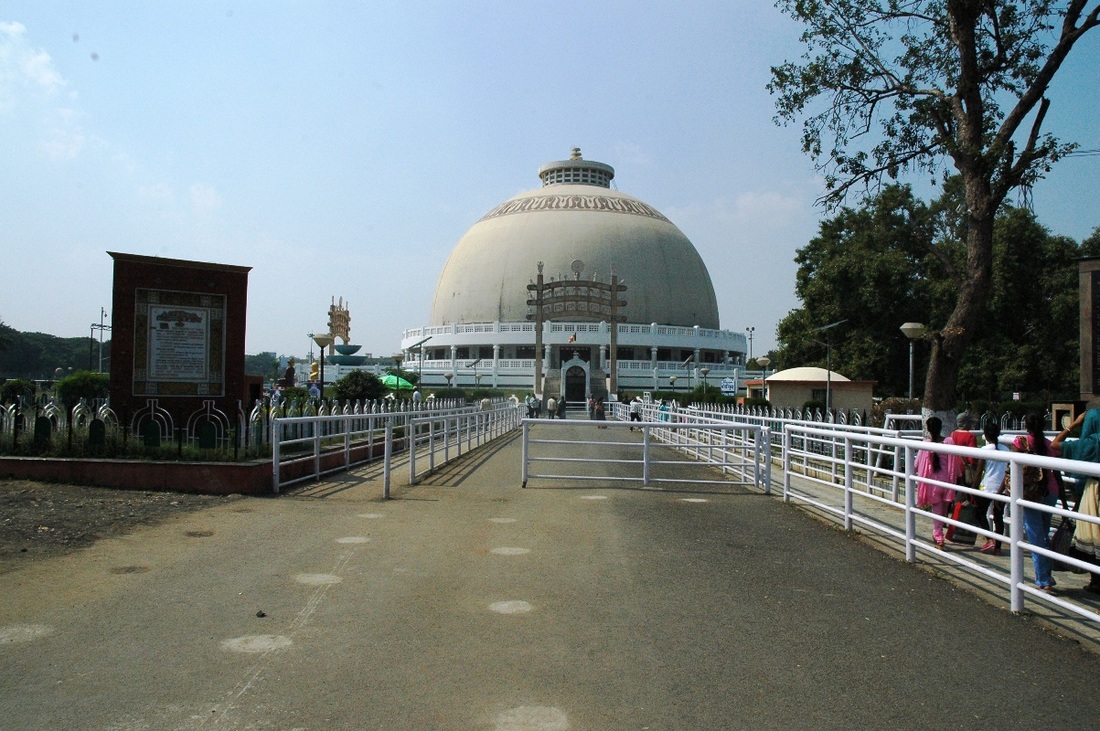
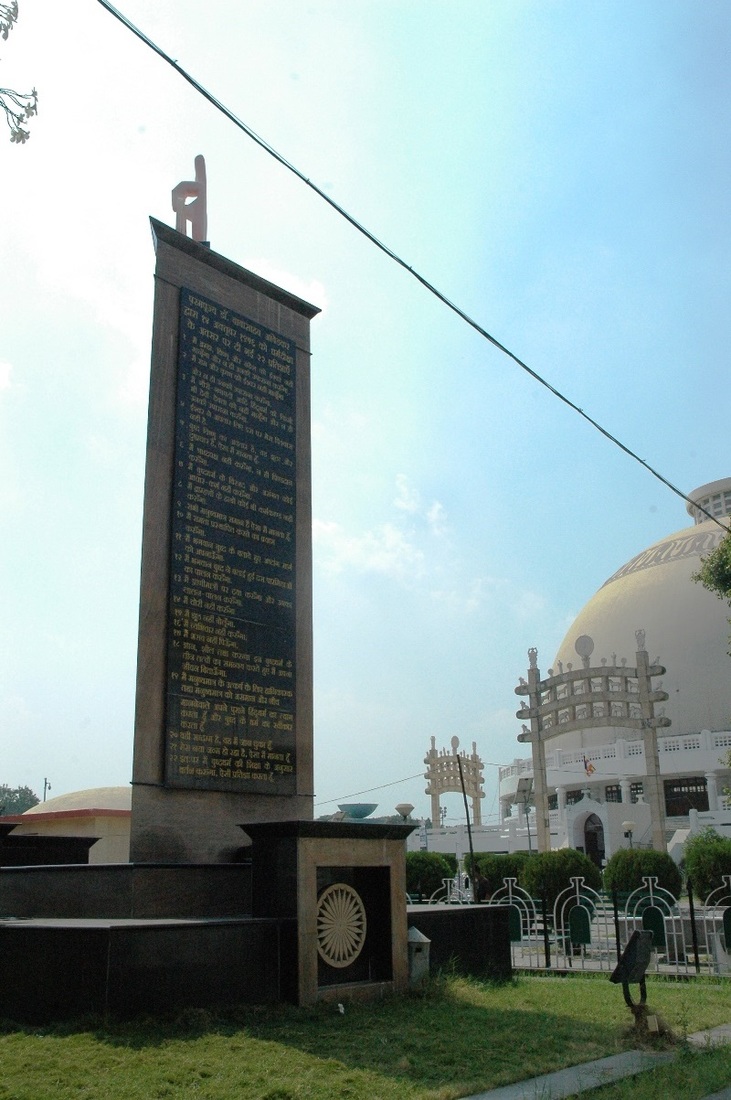
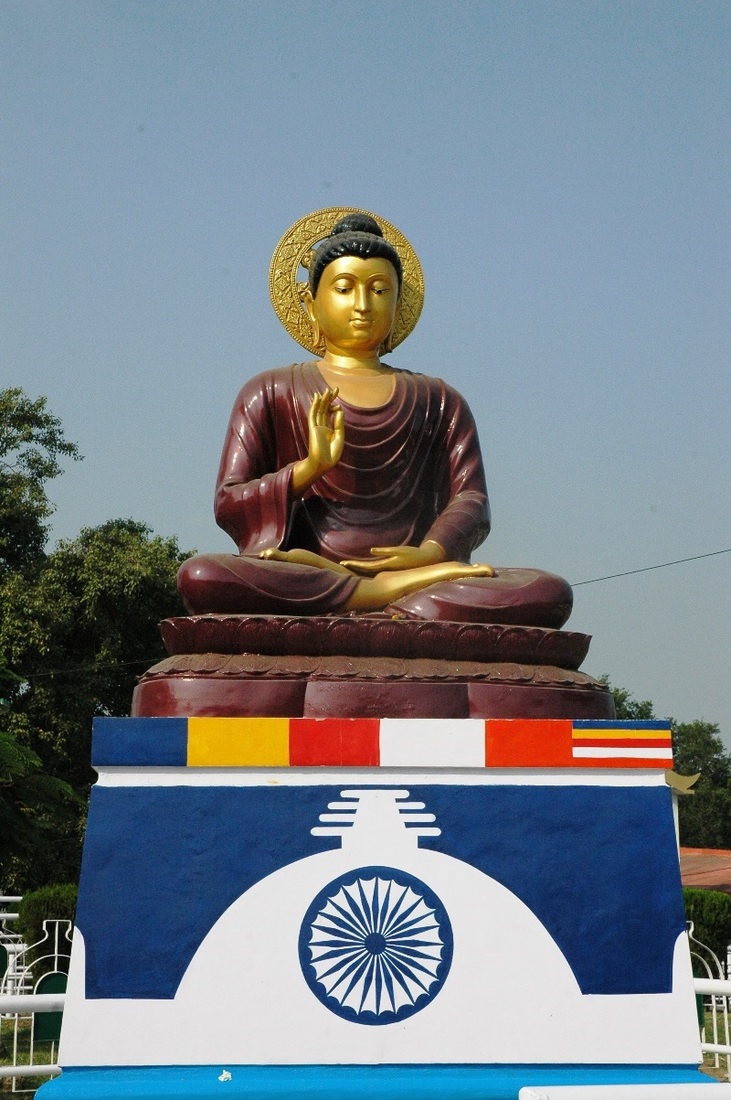
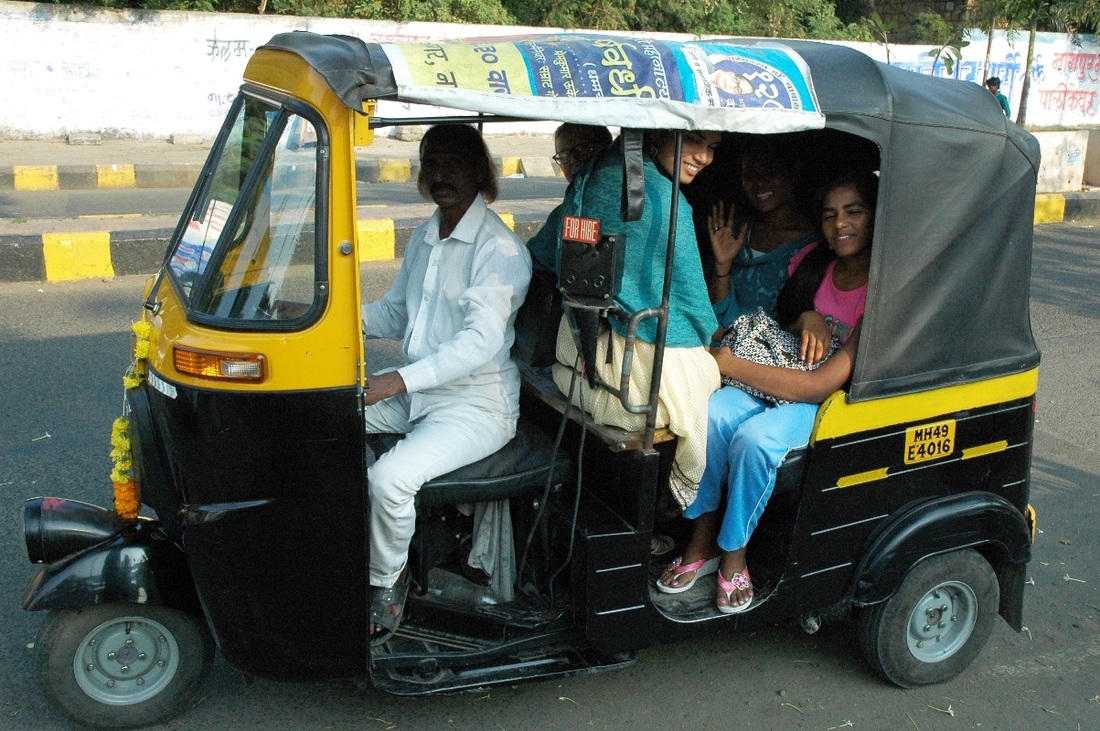
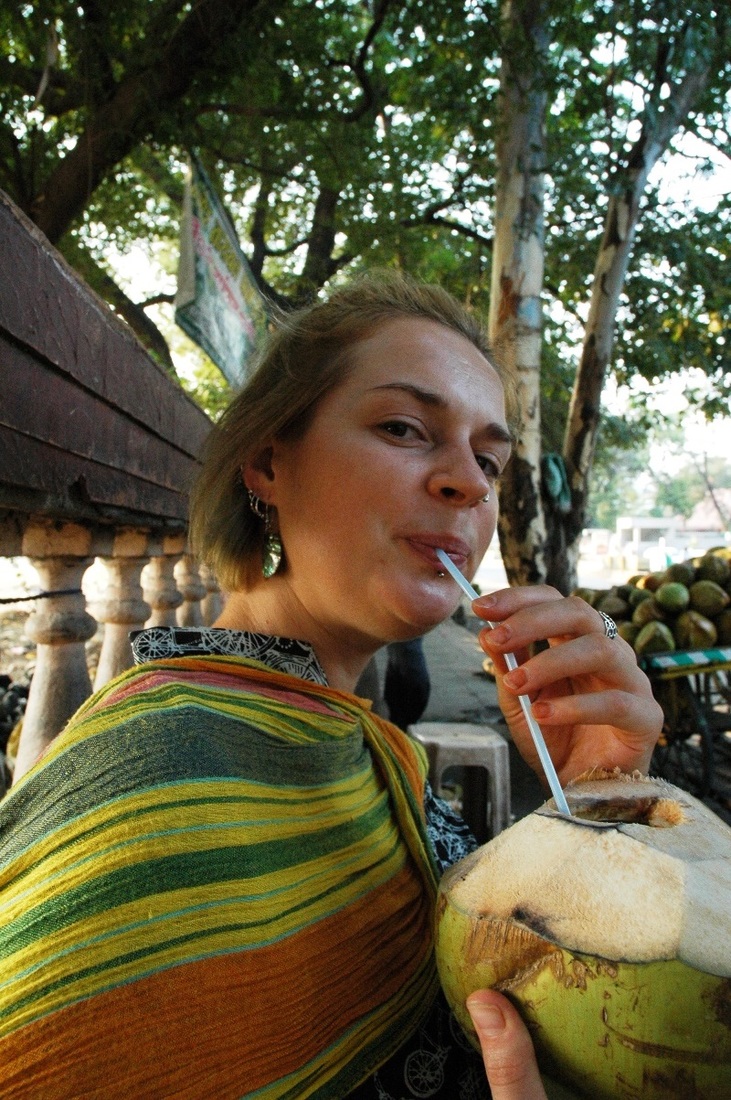
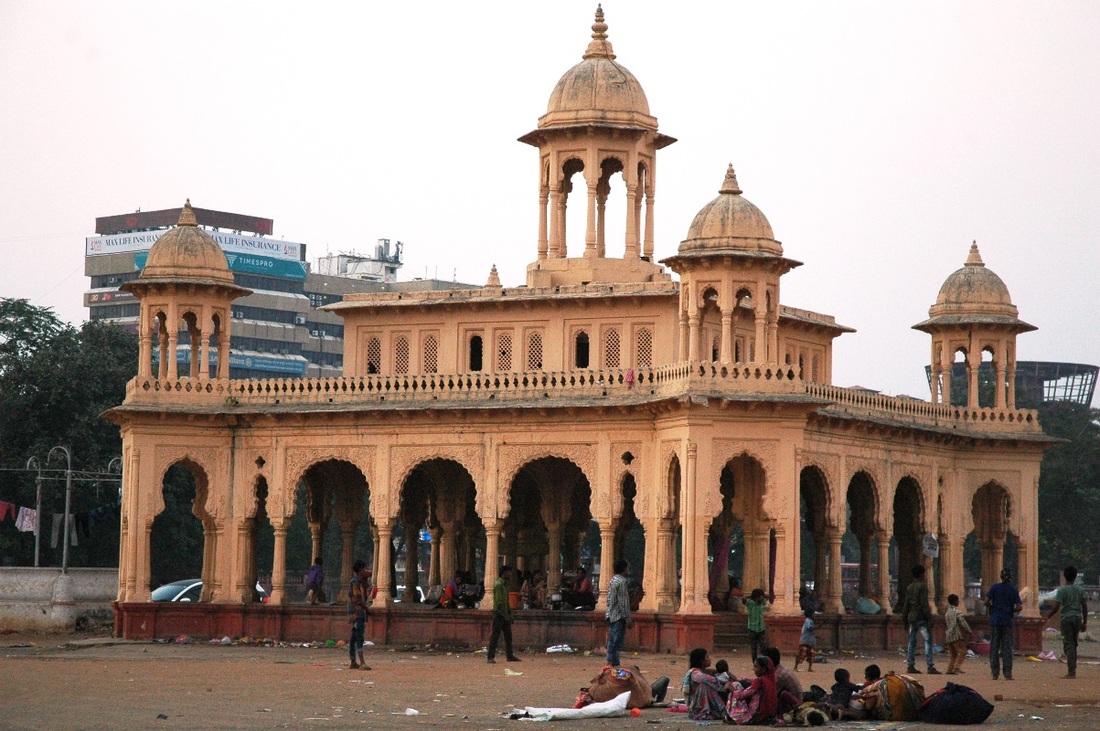
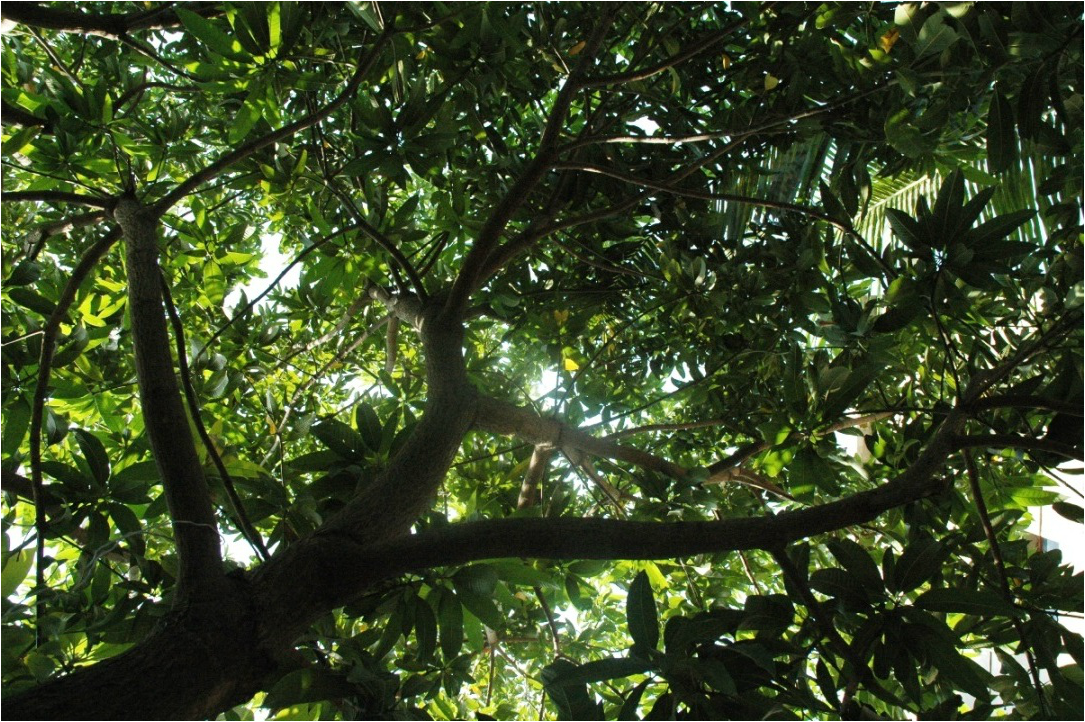
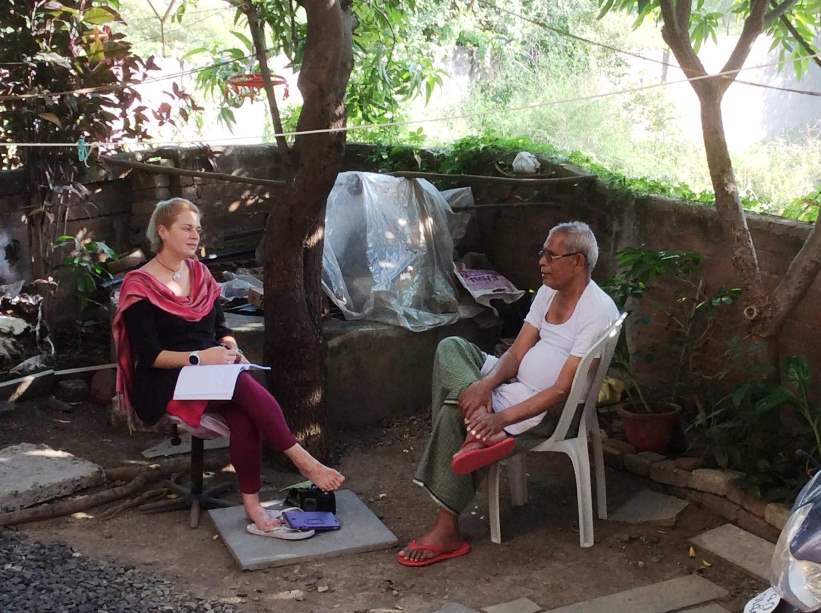
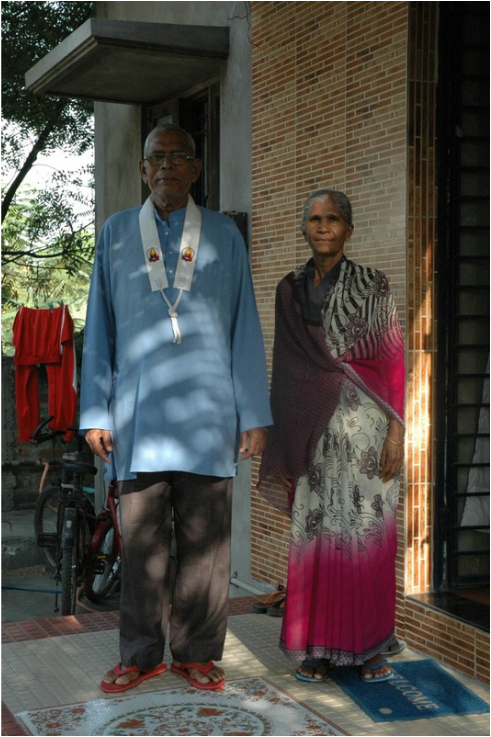
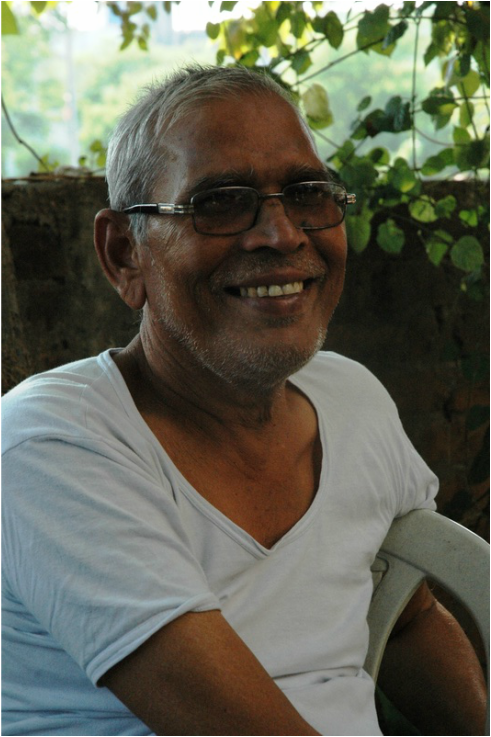
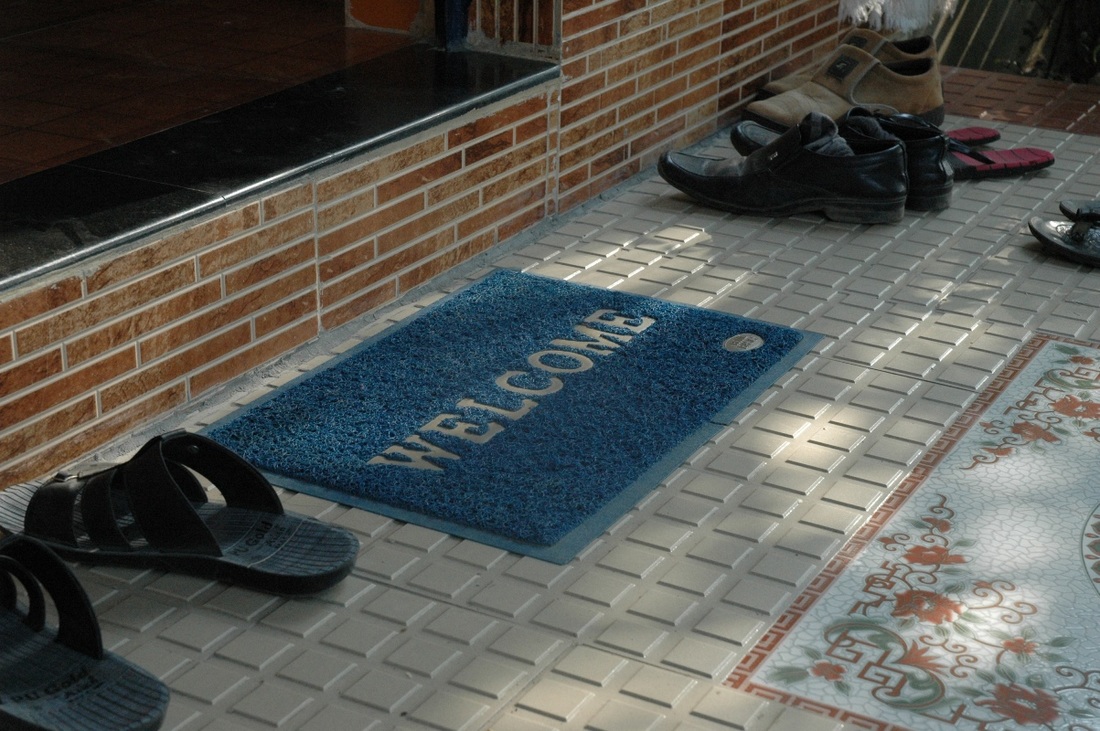
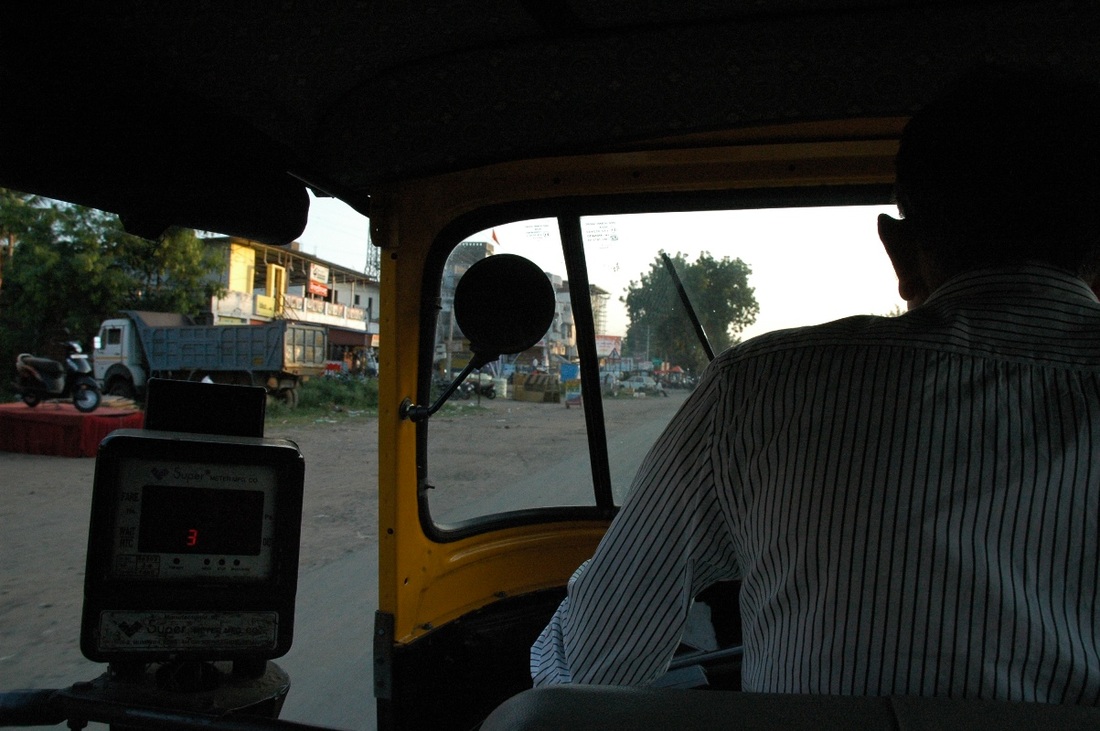
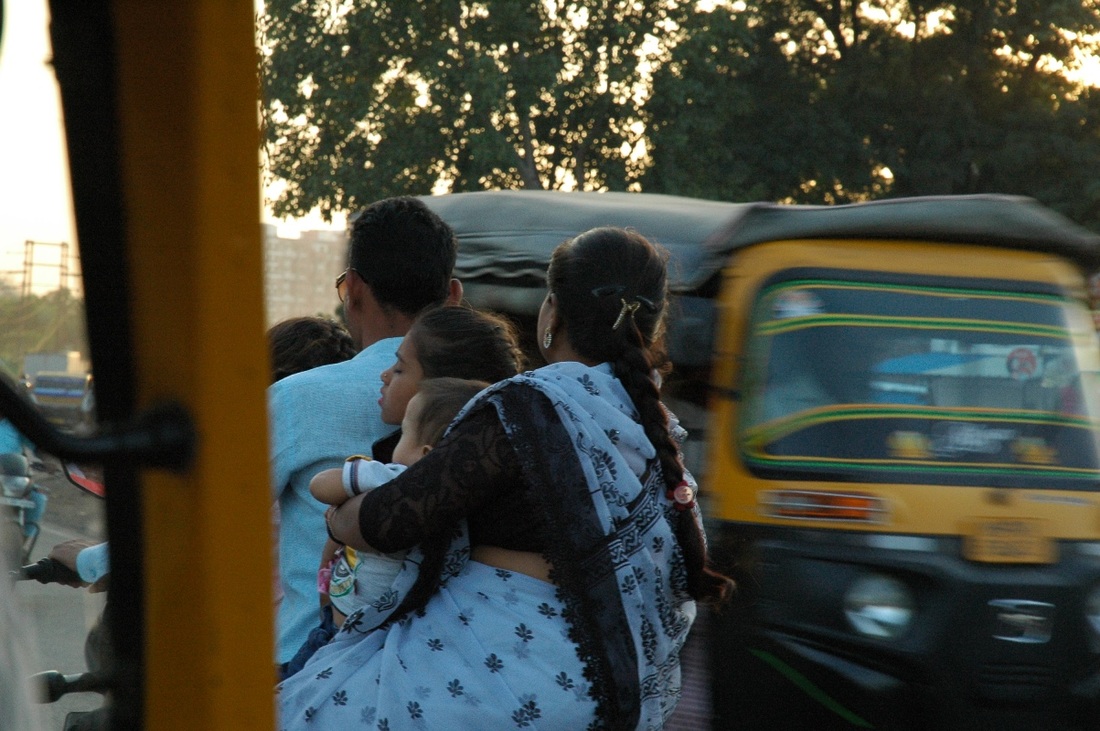
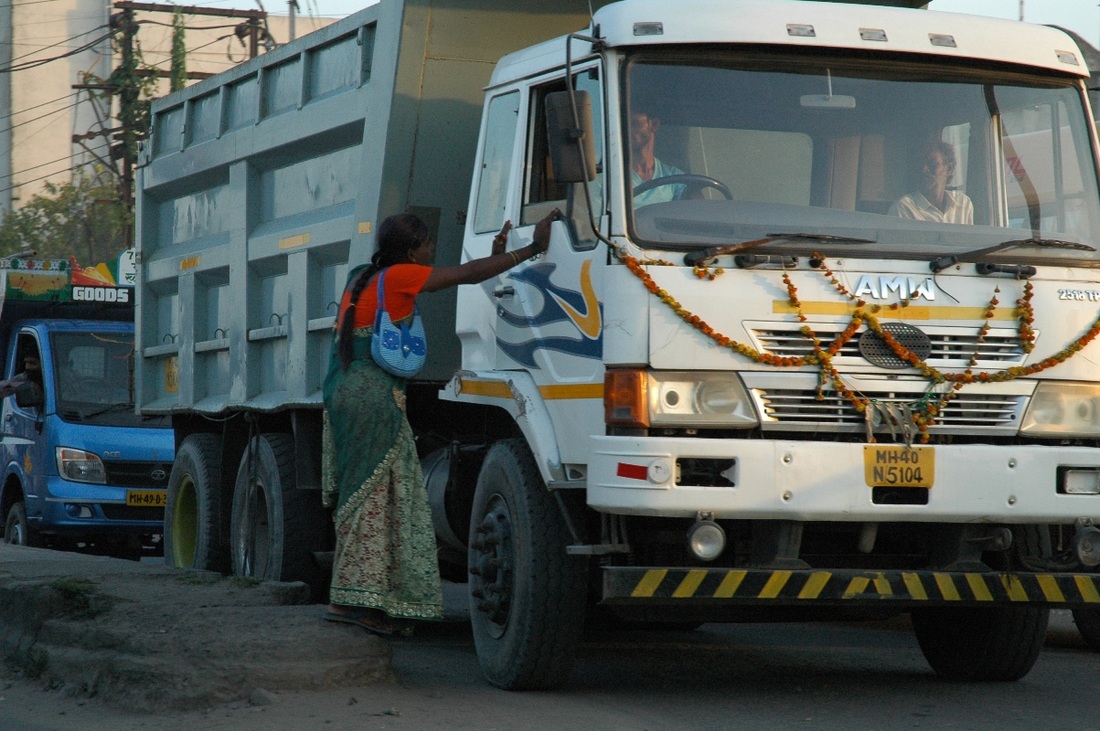

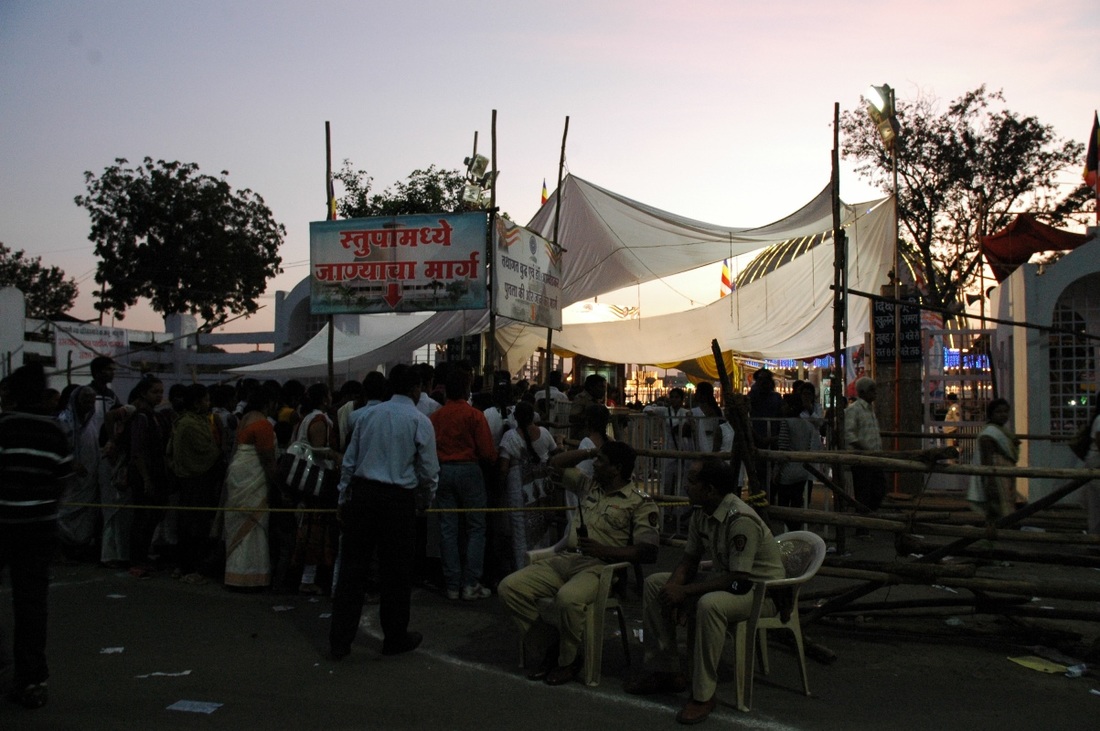
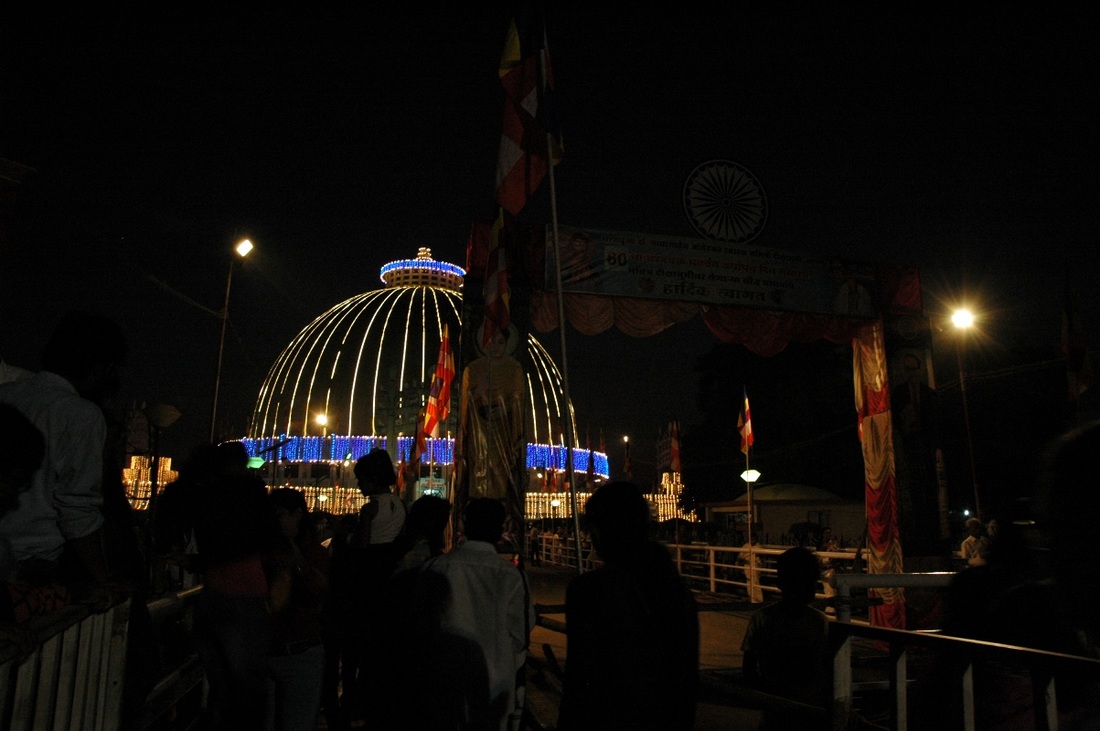
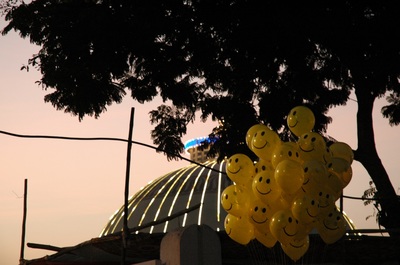
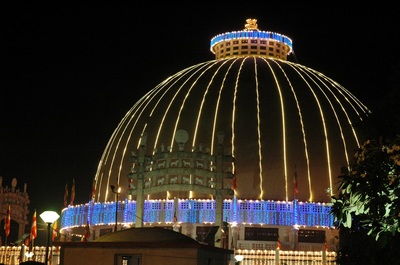

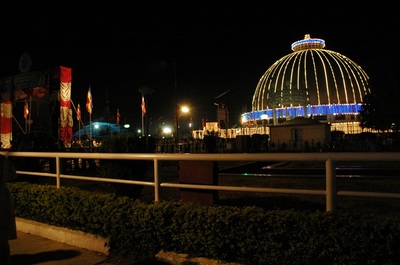
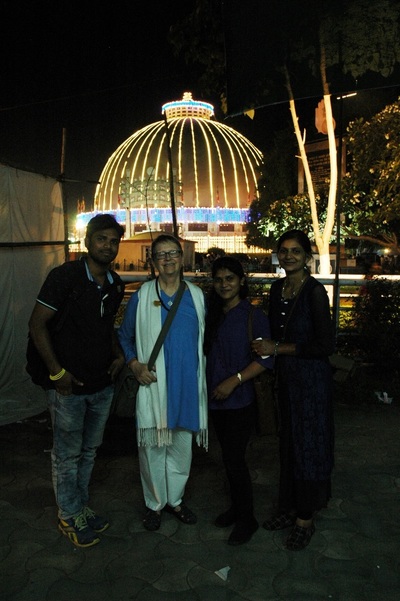
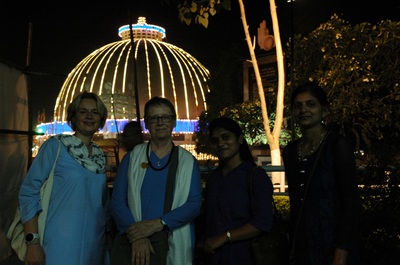

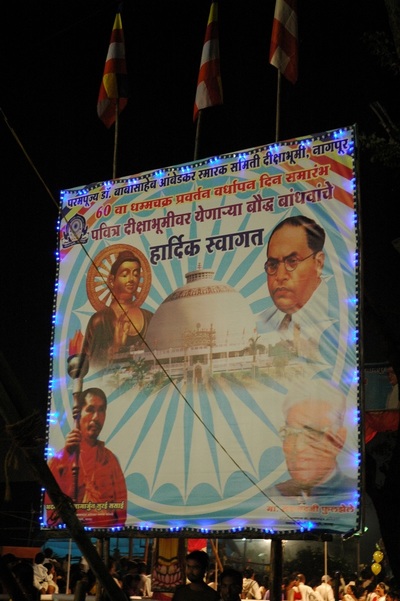
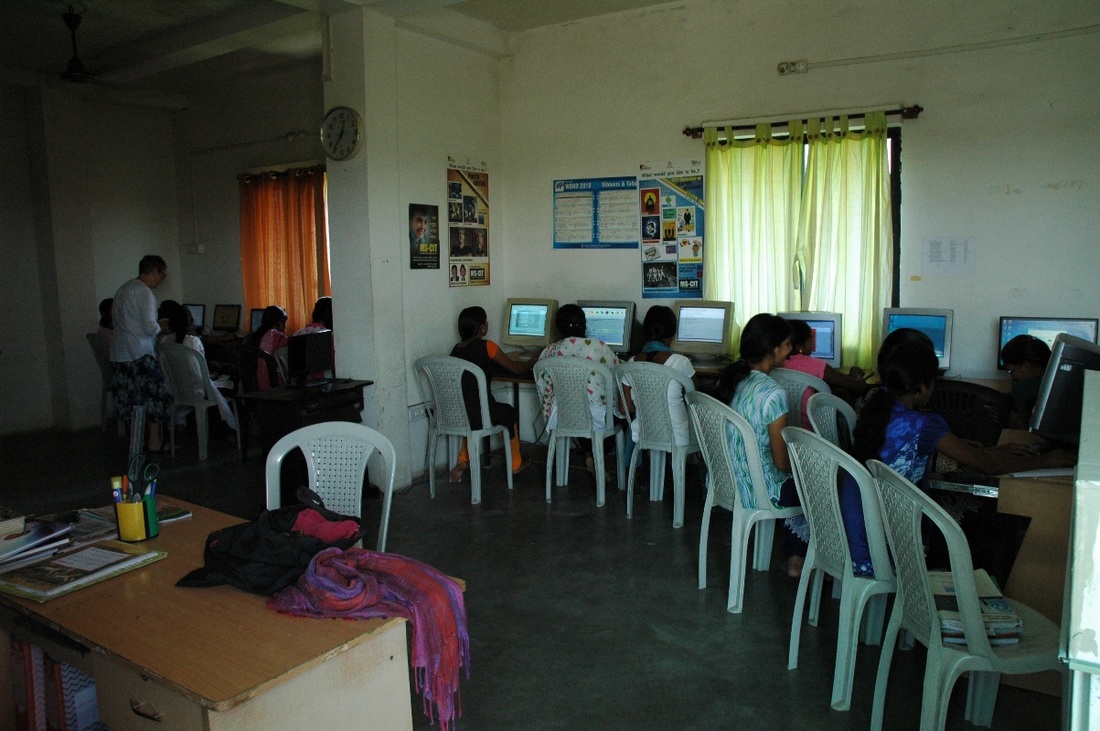
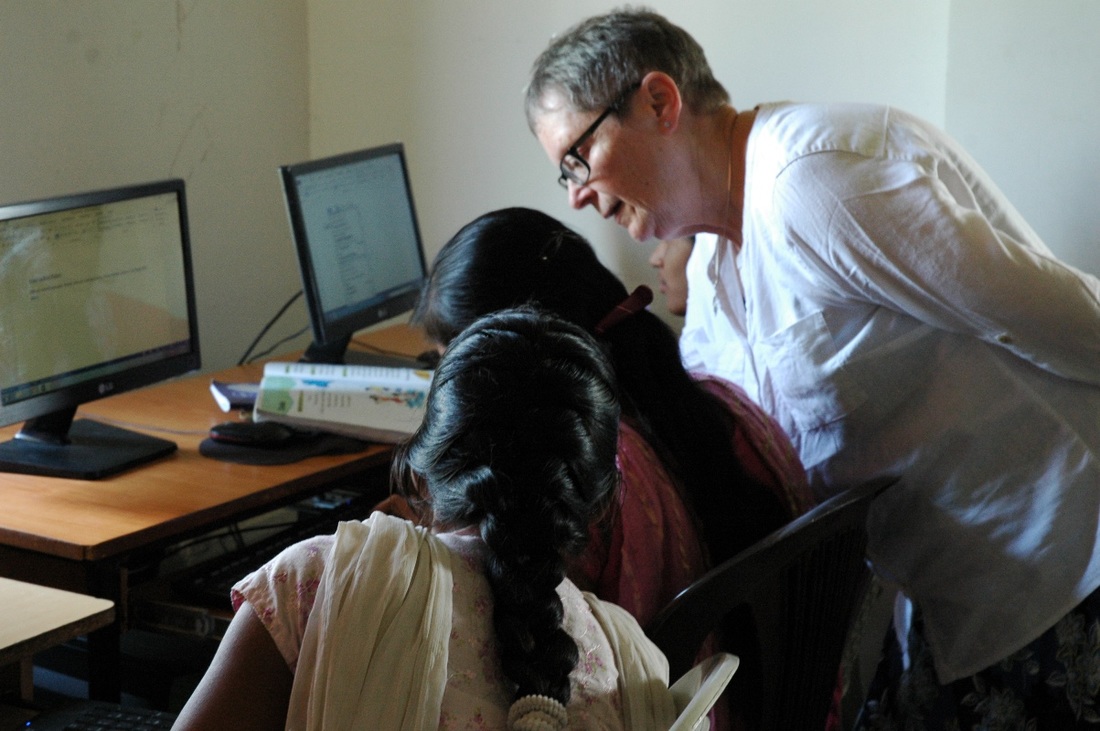
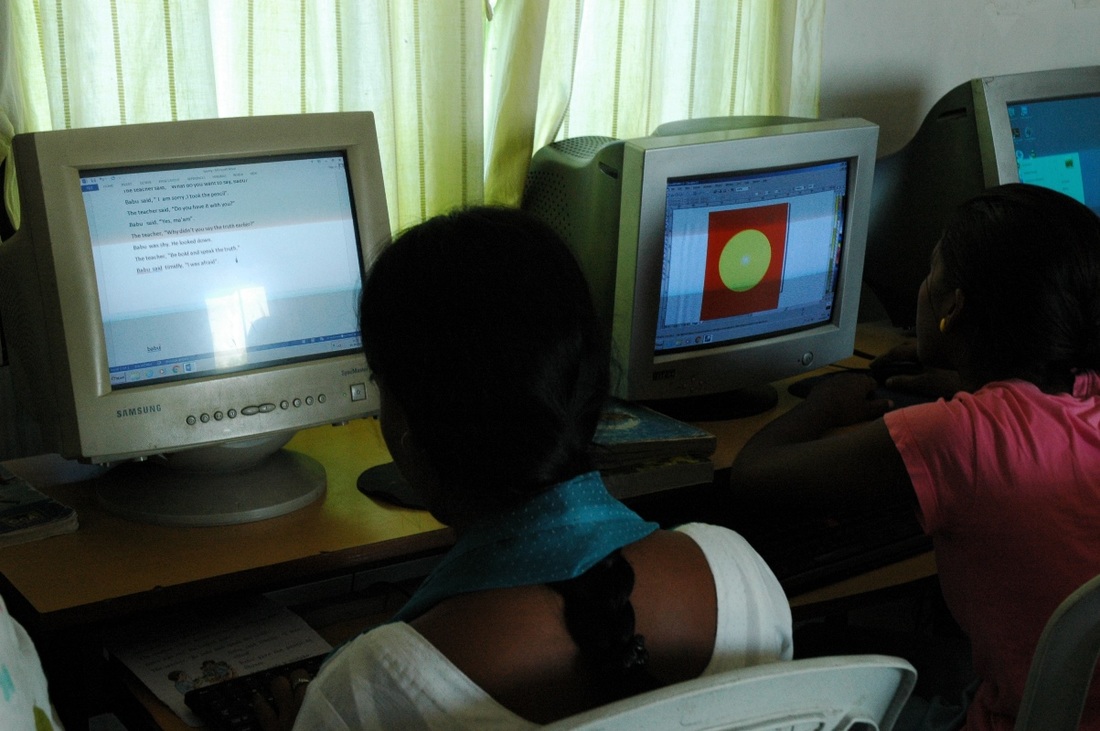
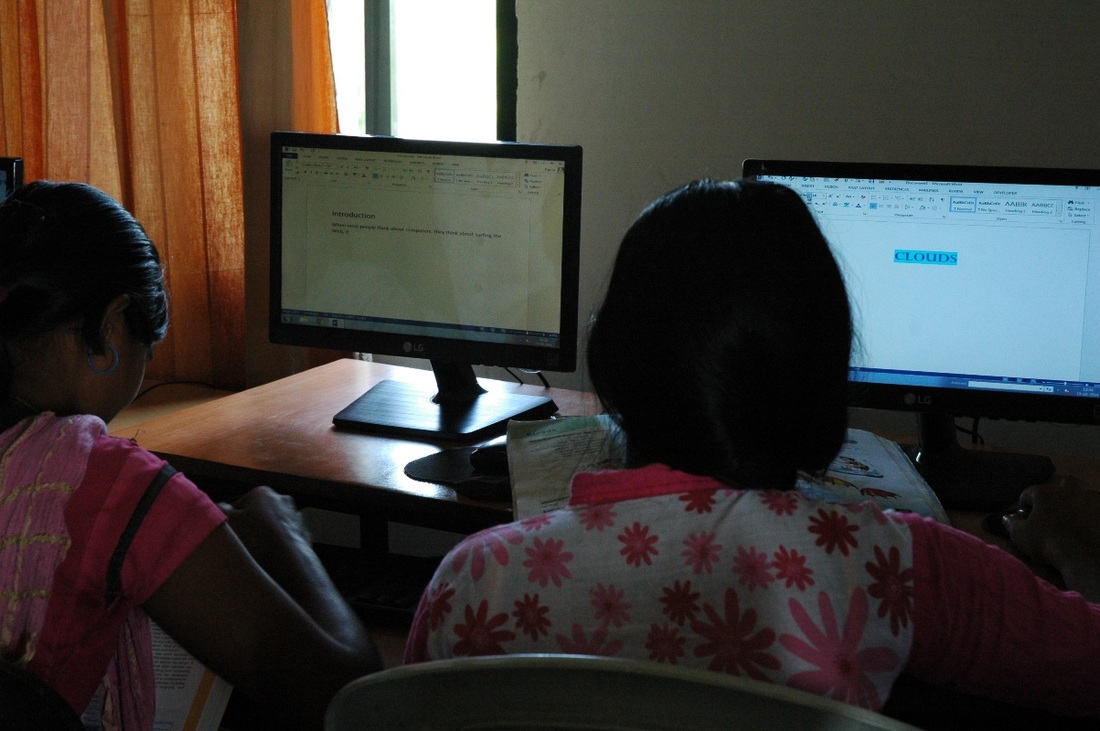
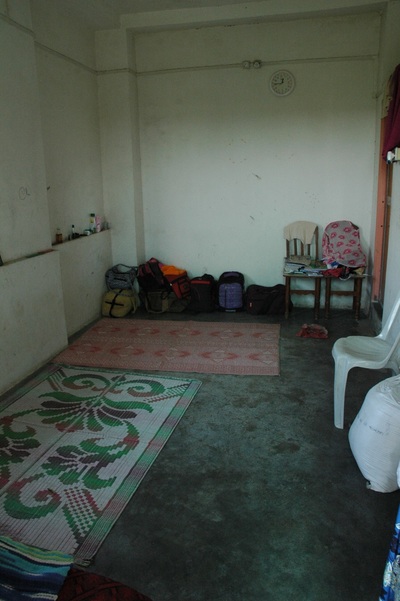
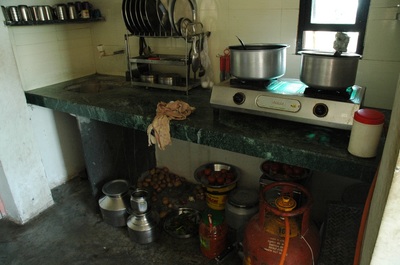
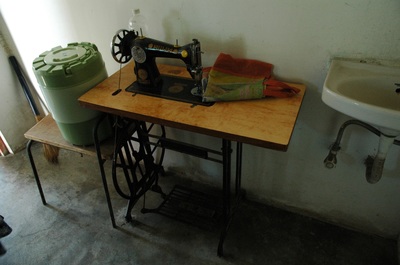
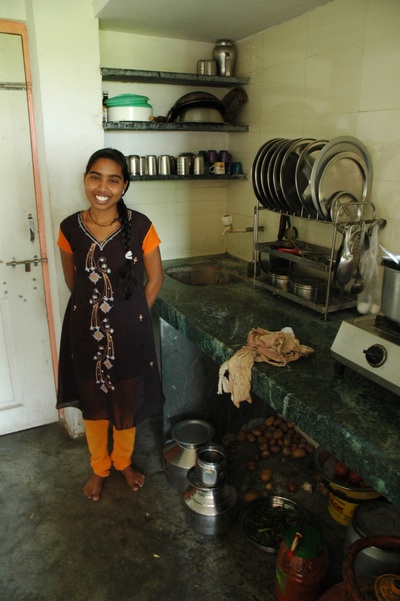
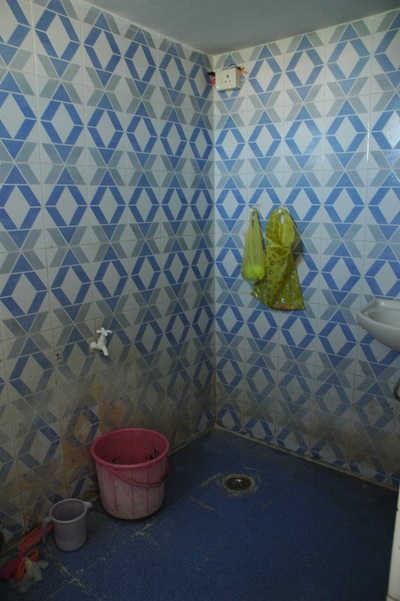

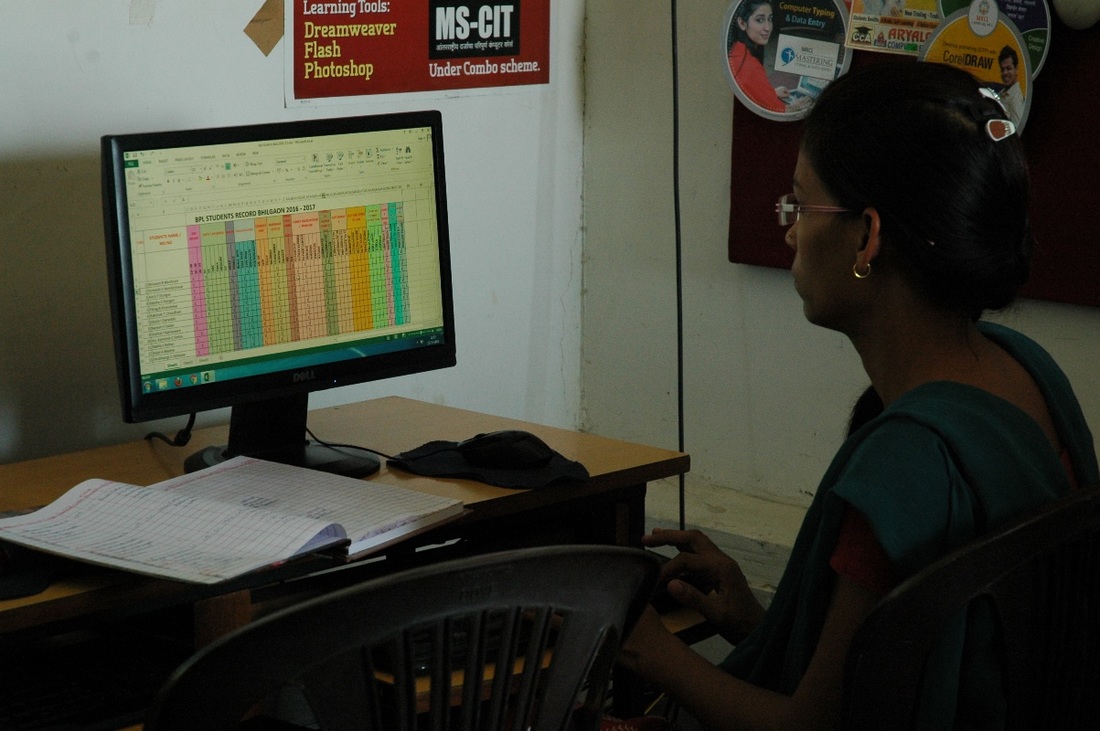

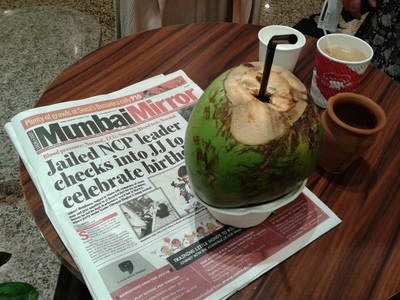

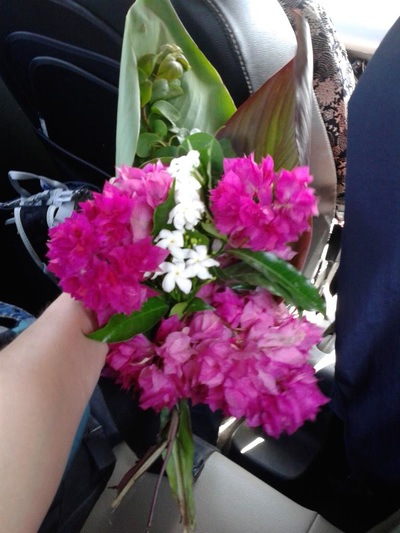
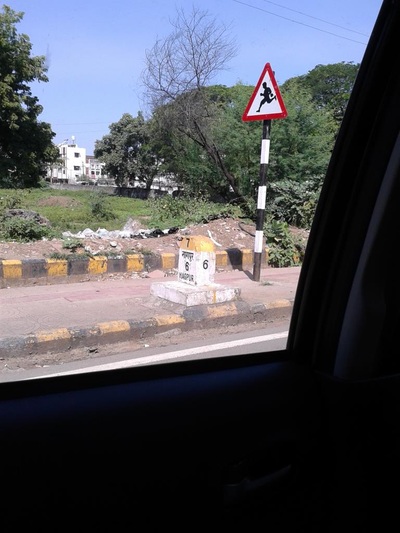
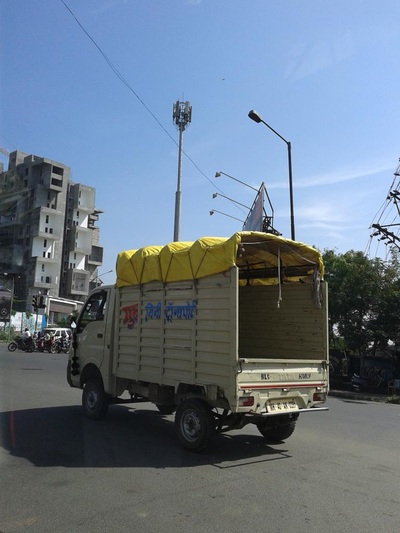
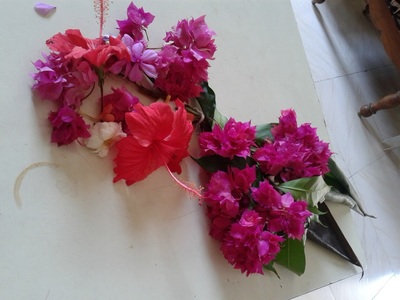
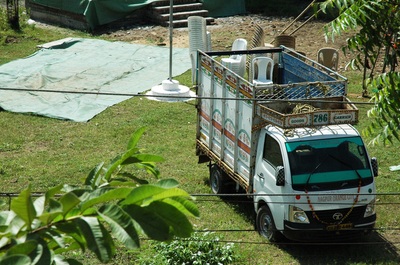
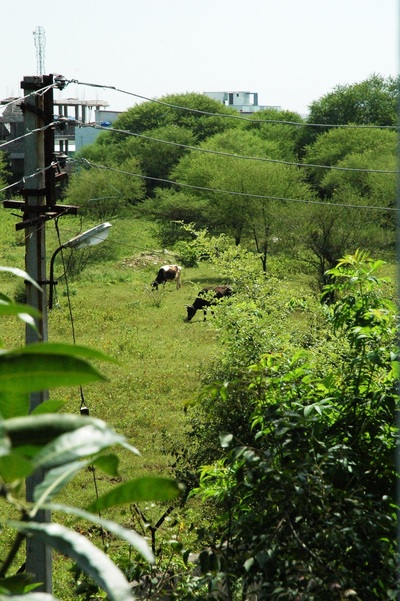
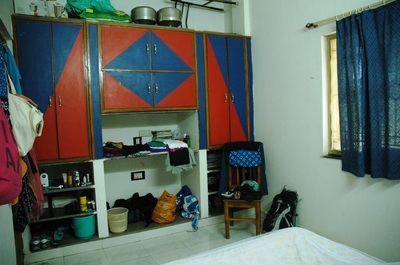
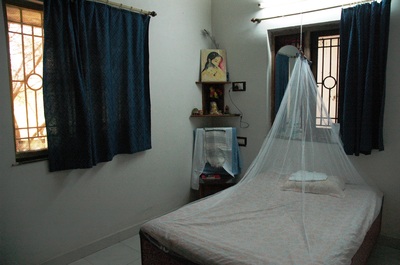
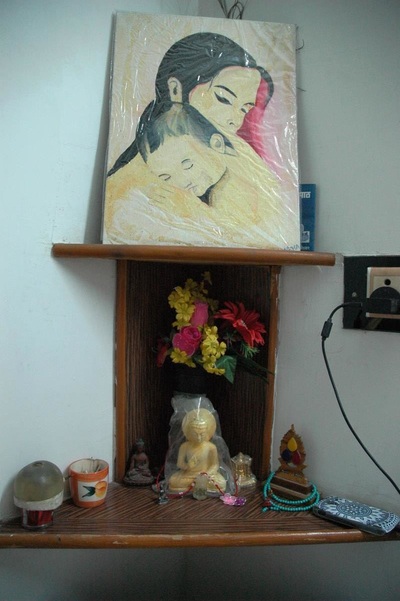
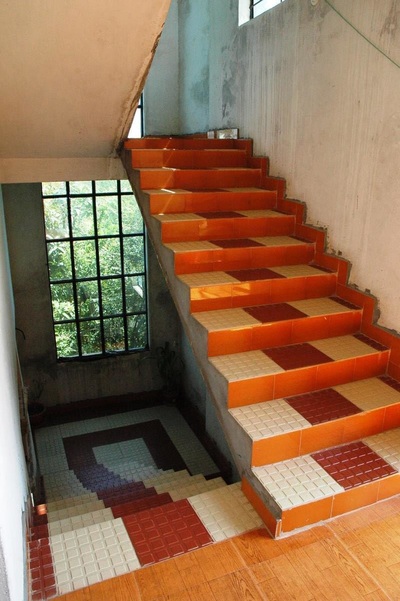
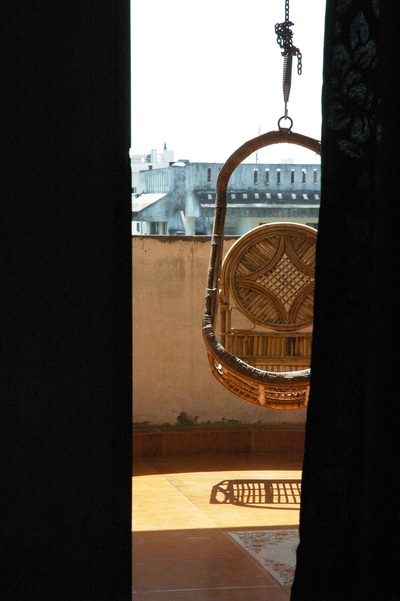
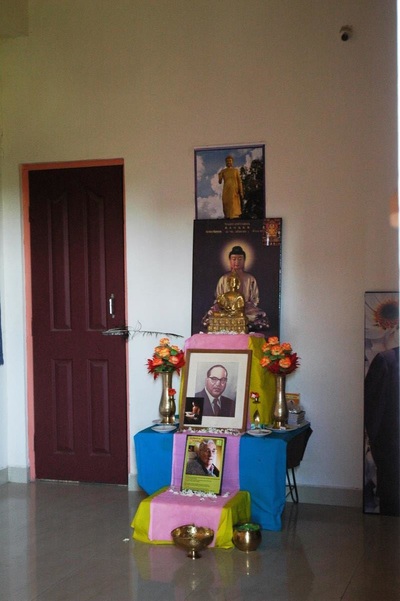
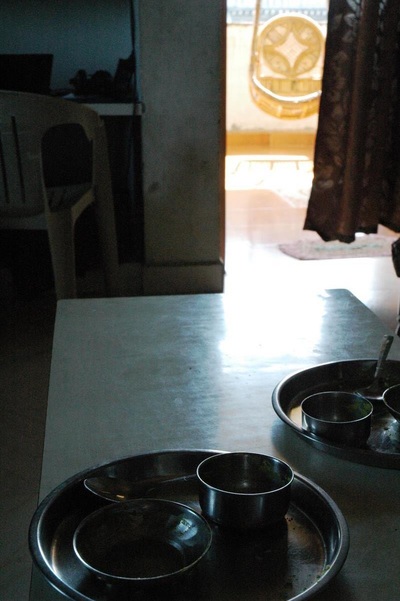

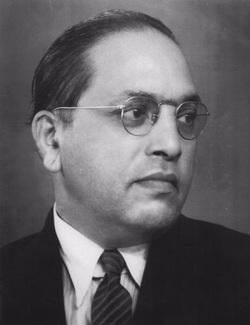
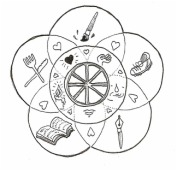
 RSS Feed
RSS Feed
